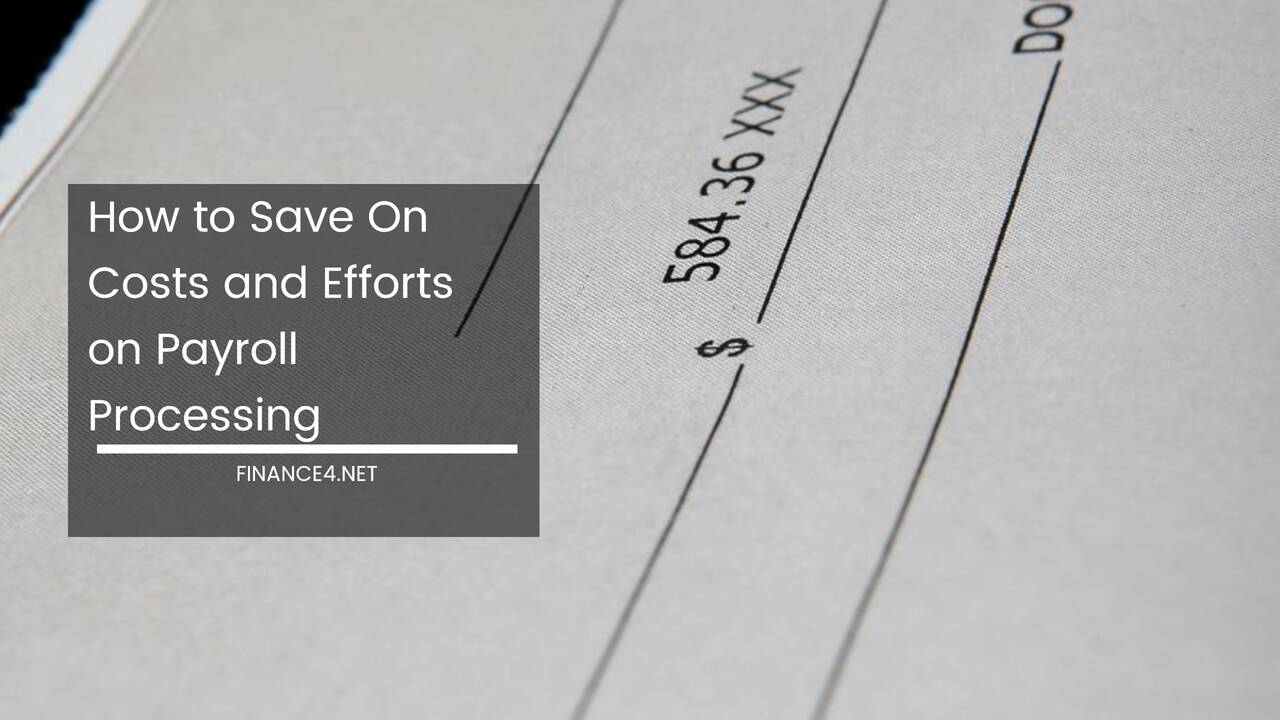Budgeting: Maximizing Your Financial Well-being

Budgeting
Efficiently managing our hard-earned money is a top priority for all of us. Whether we are striving to cover our basic expenses, save for the future, or achieve financial milestones, budgeting is the cornerstone of financial success.
In this comprehensive guide, we will delve deep into the art of budgeting, exploring a wide range of strategies and techniques to help you not only manage your money but also optimize your financial well-being.
1: The Foundations of Budgeting
1.1 Understanding the Importance of Budgeting
Budgeting is more than just tracking your income and expenses; it’s a financial roadmap that guides you toward your financial goals.
Without a budget, you may find yourself in a never-ending cycle of financial stress, living paycheck to paycheck, and struggling to make ends meet.
1.2 The Benefits of Budgeting
A well-executed budget offers numerous benefits, such as:
- Financial Clarity: A budget helps you gain a clear understanding of your financial situation, including your income, expenses, and debt.
- Goal Achievement: Setting and prioritizing financial goals becomes easier when you have a budget in place.
- Expense Control: Budgeting allows you to identify areas where you can cut back on spending and save more money.
- Debt Management: You can strategically manage and reduce your debt through budgeting.
- Emergency Preparedness: A budget can help you build an emergency fund, providing a financial safety net for unexpected expenses.
2: Creating Your Budget
2.1 Setting Clear Financial Goals
The first step in creating a successful budget is defining your financial goals. Your goals will shape the structure of your budget and guide your financial decisions. Common financial goals include:
- Paying off debt
- Saving for retirement
- Building an emergency fund
- Buying a home
- Saving for education
- Taking a dream vacation
2.2 Tracking Your Income
To create an accurate budget, you must know your total monthly income. Include all sources of income, such as:
- Salary or wages
- Rental income
- Side hustle earnings
- Investment income
- Government benefits
2.3 Identifying and Categorizing Expenses
The next step is to identify and categorize your expenses. This includes both fixed and variable expenses. Common expense categories include:
- Housing (rent or mortgage)
- Utilities (electricity, water, gas)
- Transportation (car payments, gas, insurance)
- Groceries
- Healthcare
- Entertainment
- Debt payments (credit cards, loans)
- Savings contributions
2.4 Estimating Your Expenses
Estimate the cost of each expense category. Fixed expenses, like rent or mortgage payments, are typically stable from month to month.
Variable expenses, such as groceries and entertainment, may fluctuate. It’s essential to be realistic in your estimations to ensure an accurate budget.
3: Budgeting Strategies
3.1 The 50/30/20 Rule
One popular budgeting strategy is the 50/30/20 rule, which allocates your income as follows:
- 50% for Needs (essential expenses like housing and groceries)
- 30% for Wants (non-essential spending like dining out and entertainment)
- 20% for Savings and Debt Repayment (building savings and paying off debt)
This rule provides a simple framework for budgeting and prioritizing your financial goals.
3.2 Zero-Based Budgeting
Zero-based budgeting requires you to allocate every dollar of your income to a specific expense or savings goal. The goal is to have no money left unassigned at the end of the month.
This approach promotes thorough financial planning and minimizes wasteful spending.
3.3 Envelope System
The envelope system is a cash-based budgeting method where you allocate cash to different envelopes for various expense categories.
Once an envelope is empty, you cannot spend more in that category for the month. This method helps control discretionary spending.
3.4 Pay Yourself First
“Pay yourself first” is a budgeting principle that emphasizes saving before spending. Allocate a portion of your income to savings or investments as soon as you receive your paycheck. This ensures that saving becomes a top priority.
4: Tracking Your Budget
4.1 Choosing a Budgeting Tool
There are various tools and methods to track your budget, ranging from simple spreadsheets to dedicated budgeting apps. Popular budgeting apps include Mint, YNAB (You Need a Budget), and Personal Capital.
These tools can automate expense tracking, provide insights into your spending habits, and generate reports to assess your financial progress.
4.2 Keeping Detailed Records
Maintaining detailed records of your income and expenses is essential for effective budgeting. Record every financial transaction, whether it’s a purchase, bill payment, or income received. Accuracy is crucial to gain a complete picture of your financial situation.
4.3 Regularly Reviewing Your Budget
Budgeting is not a one-time task; it requires ongoing attention. Set aside time each week or month to review your budget, compare actual expenses to your budgeted amounts, and make necessary adjustments.
Regular reviews help you stay on track and adapt to changing financial circumstances.
5: Budgeting for Specific Goals
5.1 Emergency Fund
Building an emergency fund is a critical aspect of financial security. Aim to save at least three to six months’ worth of living expenses in an easily accessible account.
This fund provides a safety net in case of unexpected events like medical emergencies or job loss.
5.2 Debt Repayment
Managing debt is a common financial challenge. Prioritize high-interest debt, such as credit card balances, and allocate extra funds toward paying it off. Consider debt consolidation strategies or balance transfers to reduce interest costs.
5.3 Saving for Retirement
Saving for retirement is a long-term goal that requires consistent effort. Take advantage of employer-sponsored retirement plans like 401(k)s and consider opening individual retirement accounts (IRAs).
Automate your contributions to retirement accounts to ensure consistent saving.
5.4 Buying a Home
Saving for a down payment on a home is a significant financial goal. Create a separate savings fund specifically for this purpose.
Explore first-time homebuyer programs and consult with a financial advisor to develop a strategy for achieving homeownership.
5.5 Education Savings
If you have children or plan to further your education, consider setting up education savings accounts like 529 plans. These accounts offer tax advantages and can help you cover the costs of tuition and related expenses.
6: Managing Irregular Income
6.1 Irregular Income Challenges
Managing irregular income, such as freelancers or commission-based workers, can be challenging. Inconsistent paychecks require a flexible budgeting approach that accounts for variable income levels.
6.2 Creating a Variable Income Budget
To budget effectively with irregular income, follow these steps:
- Determine your baseline expenses: Calculate the minimum amount you need to cover essential expenses.
- Build a financial buffer: Save during high-earning months to cover expenses during lean months.
- Create a variable income budget: Adjust your budget based on your current income, prioritizing essential expenses and savings goals.
- Monitor and adjust: Continuously track your income and expenses, making necessary adjustments to your budget as your income fluctuates.
7: Long-Term Financial Planning
7.1 Setting Long-Term Goals
In addition to short-term financial goals, it’s crucial to set long-term goals. These may include:
- Retirement planning
- Wealth accumulation
- Estate planning
- Legacy building
Long-term goals require strategic planning and consistent saving over extended periods.
7.2 Investing for the Future
Investing is a powerful wealth-building tool. Consider various investment vehicles, such as stocks, bonds, real estate, and retirement accounts. Diversify your investment portfolio to manage risk effectively.
7.3 Tax Planning
Understand the tax implications of your financial decisions. Consult with a tax professional to optimize your tax strategy, reduce liabilities, and maximize tax-efficient investments.
8: Overcoming Budgeting Challenges
8.1 Dealing with Unexpected Expenses
Life is full of surprises, and unexpected expenses can derail even the most carefully planned budgets. To mitigate the impact:
- Maintain an emergency fund.
- Prioritize essential expenses over discretionary spending.
- Consider insurance policies, like health, auto, and home insurance, to protect against unexpected costs.
8.2 Handling Debt
Debt can be a major obstacle to financial well-being. Strategies to manage debt include:
- Creating a debt repayment plan.
- Consolidating high-interest debt.
- Seeking professional debt counseling if needed.
8.3 Staying Motivated
Staying motivated to stick to your budget can be challenging. To stay on track:
- Celebrate small victories.
- Remind yourself of your financial goals.
- Find an accountability partner or join a budgeting community for support.
9: The Psychology of Budgeting
9.1 Behavioral Economics and Budgeting
Understanding behavioral economics can help you make informed financial decisions. Behavioral biases, such as loss aversion and confirmation bias, can influence spending habits and savings behavior. Recognizing these biases can empower you to make more rational financial choices.
9.2 Mindful Spending
Practice mindful spending by being aware of your financial decisions and their consequences. Ask yourself whether a purchase aligns with your goals and values. Mindful spending can help curb impulsive buying.
10: Budgeting Tools and Resources
10.1 Budgeting Apps
Explore budgeting apps that can simplify the budgeting process. Some popular options include:
- Mint: Tracks expenses and offers financial insights.
- YNAB (You Need a Budget): Focuses on zero-based budgeting.
- Personal Capital: Offers investment tracking and retirement planning tools.
10.2 Financial Advisors
Consider consulting a financial advisor for personalized financial guidance. An advisor can help you create a comprehensive financial plan, optimize investments, and make informed decisions about your money.
10.3 Budgeting Worksheets
Budgeting worksheets are helpful tools for creating and tracking your budget. These can be downloaded online and customized to fit your specific financial situation.
Final Remarks
Budgeting is not a one-size-fits-all process. It requires ongoing effort, adaptability, and a commitment to your financial goals.
By understanding the fundamentals of budgeting, employing effective strategies, and staying motivated, you can take control of your finances, reduce financial stress, and work toward a secure and prosperous future.
Remember that budgeting is a tool that empowers you to make the most of your hard-earned money, ultimately leading to a more fulfilling and financially stable life.



